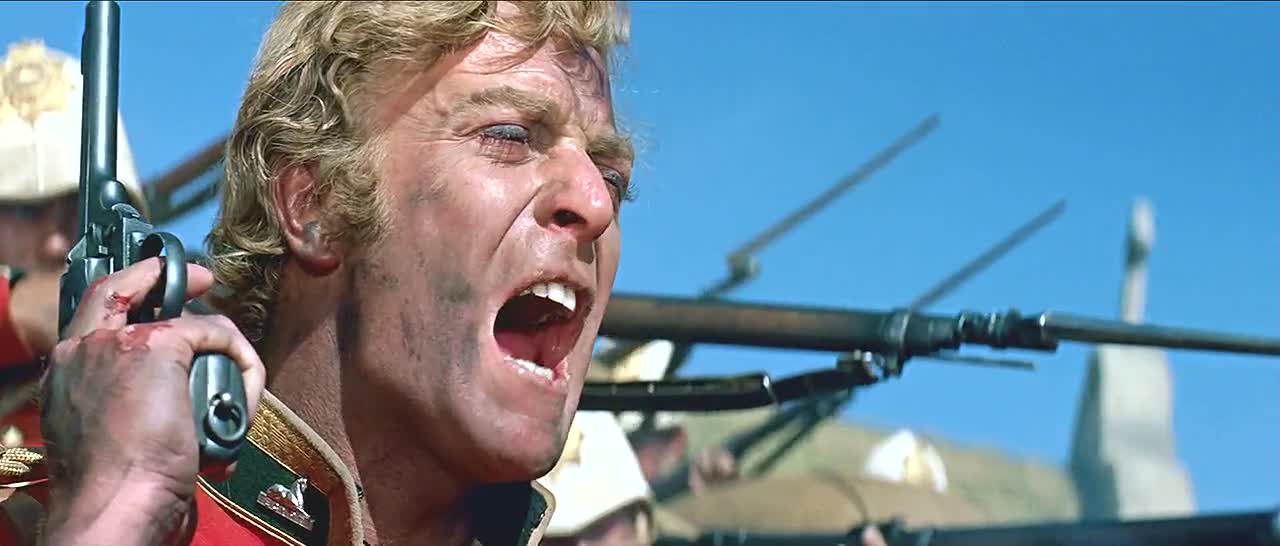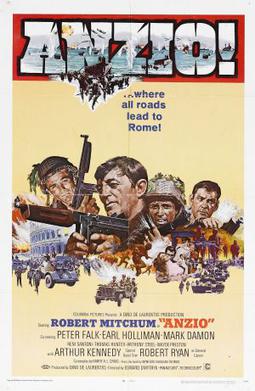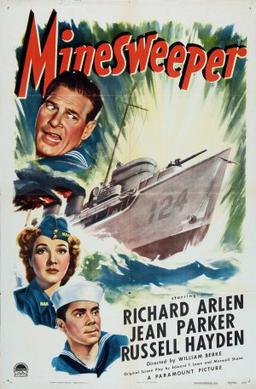SYNOPSIS: "Hell's Angels" is a Howard
Hughes' directed film set in WWI. It is the story of two brothers (Ben Lyon,
James Hall) - a boring hero and a playboy coward. A loose woman (Jean Harlow)
is thrown in to provide a love triangle. The brothers join the RAF and become
fighter pilots. They volunteer for a suicide mission to bomb a German munitions
plant. The movie is very famous for its
dogfighting scene.
BACK-STORY: “Hell’s Angels” is a WWI aerial combat war movie released in 1930 and memorably directed by Howard Hughes in his debut. The production is legendary. The movie was intended to be Hughes’ answer to “Wings”, but the advent of “talkies” prompted him to convert it to sound at great additional cost. At around $4 million, it was the most expensive motion picture released to that date. The switch to sound also necessitated the dumping of the thickly accented Greta Nissan with Jean Harlow. Hughes insisted on going big so the famous dogfight scene used 70 pilots (many of them WWI vets) and many actual WWI biplanes. Three of the pilots died in filming and Hughes himself crashed and broke some bones filming a sequence none of the pilots would agree to attempt. The movie had one of the grandest openings ever at Grauman’s Theater and was a hit although it had difficulty recouping the cost.
BACK-STORY: “Hell’s Angels” is a WWI aerial combat war movie released in 1930 and memorably directed by Howard Hughes in his debut. The production is legendary. The movie was intended to be Hughes’ answer to “Wings”, but the advent of “talkies” prompted him to convert it to sound at great additional cost. At around $4 million, it was the most expensive motion picture released to that date. The switch to sound also necessitated the dumping of the thickly accented Greta Nissan with Jean Harlow. Hughes insisted on going big so the famous dogfight scene used 70 pilots (many of them WWI vets) and many actual WWI biplanes. Three of the pilots died in filming and Hughes himself crashed and broke some bones filming a sequence none of the pilots would agree to attempt. The movie had one of the grandest openings ever at Grauman’s Theater and was a hit although it had difficulty recouping the cost.
TRIVIA: Wikipedia, imdb
1. The movie was originally to be a silent
picture, but during production “The Jazz Singer” came out and producer Howard
Hughes decided to convert it to a talkie.
This supposedly meant reshooting half the film, but you can see in some
scenes that they just synched the sound with the earlier footage. The change to sound meant that the original
Helen, Greta Nissen, was out because of her Norwegian accent. Hughes brought on the unknown eighteen-year
old Jean Harlow. Harlow brought a lot of
charisma and sex appeal, but little acting ability. Even personal coaching by the director and
Hughes only marginally improved her performance. Males in the audience did not care.
2. Hughes directed the aerial scenes from a
plane above using radio control.
3. The main stunt pilot was Paul Mantz. He was a daredevil but he and all the others
refused to do a dangerous stunt involving pulling out of a steep strafing
dive. Hughes took on the stunt himself
and proceeded to crash suffering a skull fracture and requiring several days in
a hospital for facial surgery. But he
showed them!
4. Three pilots and a mechanic were killed
during the production.
5. Hughes sued “The Dawn Patrol” for plagiarism
in an attempt to delay its release until after “Hell’s Angels” came out
first. He failed as “The Dawn Patrol”
rushed post-production and won the law suit.
6. It was nominated for Cinematography.
7. It was the most expensive film up to that
time. It cost a whopping $2.8 million.
8. It was the top box office hit in 1930, but
not enough to cover the cost.
9. Hughes used 72 pilots and 65 mechanics.
10. They shot 250 feet of film for every foot
used in the movie.
11. 50,000 people showed up for the premiere at
Grauman’s Chinese Theater.
12. The movie famously took advantage of the
lack of enforcement of the movie code.
The Hays Code did not kick in until 1934. In the movie, pilots say terrible things like
“don’t be an ass” and “son of a bosch” and of course, there is Miss Harlow’s
wardrobe. The infamous line “Would you
be shocked if I put on something more comfortable?” would not have been allowed
in 1934.
Belle and Blade = N/A
Brassey’s =
4.0
Video Hound =
4.4
War Movies =
N/A
Military History = #43
Channel 4 =
not on list
Film Site = yes
101 War Movies = no
Rotten Tomatoes =
no
OPINION: “Hell’s Angels” is a special movie. It was
revolutionary at the time and still stands out today. The Zeppelin scene and
the dogfight are iconic. You have to admire Hughes for his commitment to making
a great war movie. While the plot keeps it from being outstanding, it is
certainly memorable. It was a grand effort by Hughes and the film belongs in
the trio of significant WWI air combat movies with “Dawn
Patrol” and “Wings”. As far as the ranking at #67, that seems overrated. Although
entertaining in a hokey sort of way and marked by some remarkable scenes, it is
not better than a lot of movies that did not make the list. I would not put it in the top 100.
_04.jpg)


_poster_art.jpg)



.jpg)